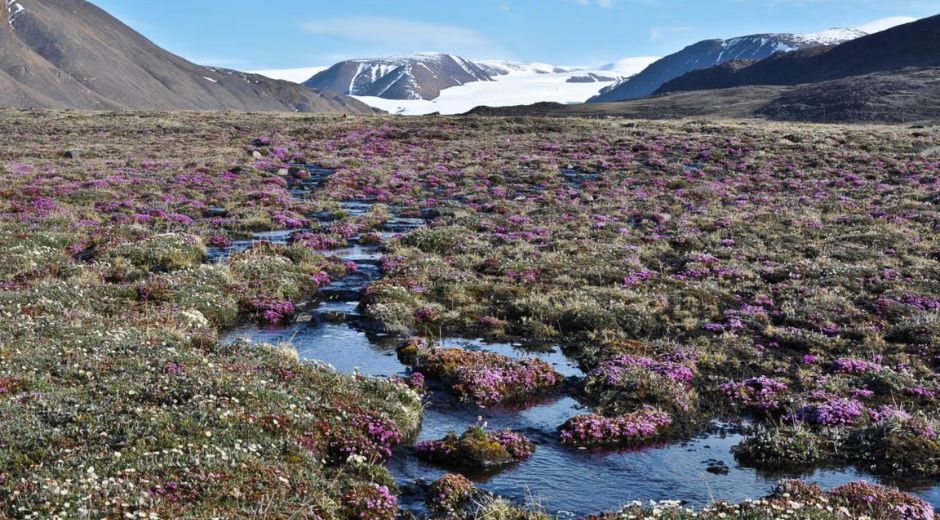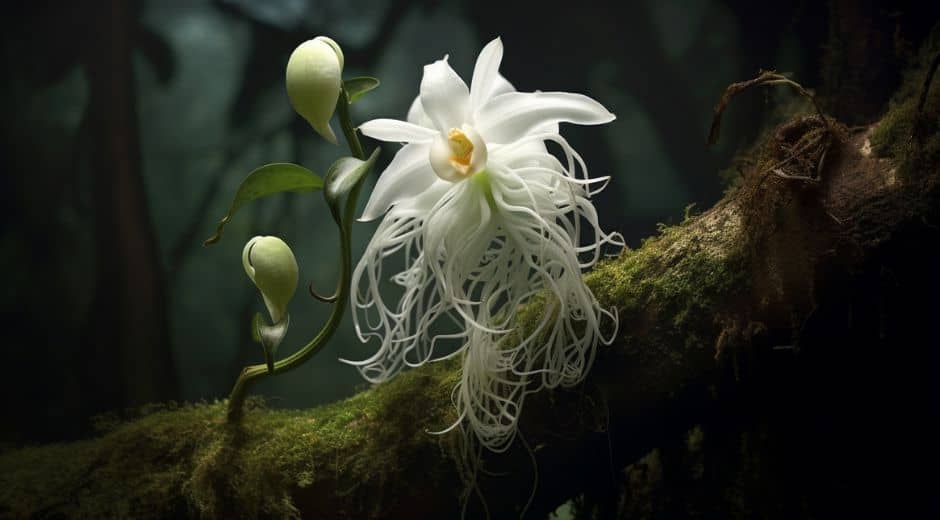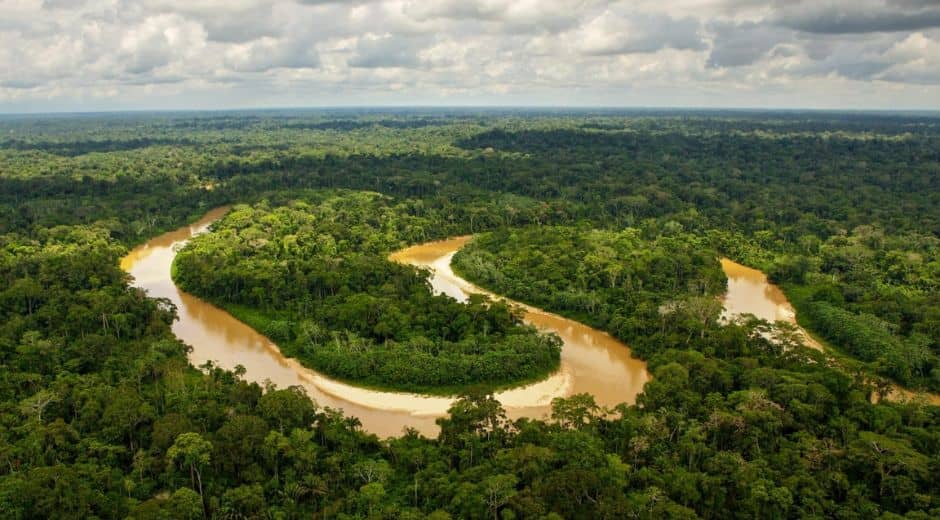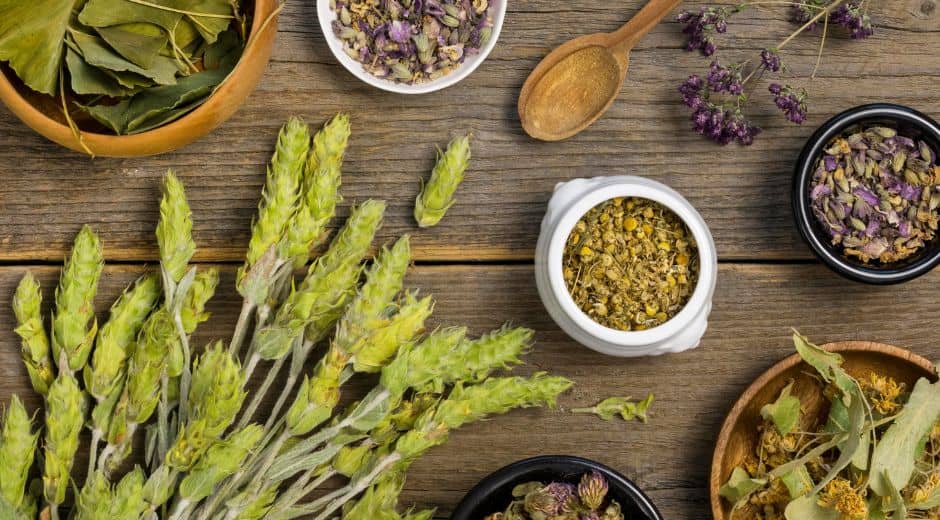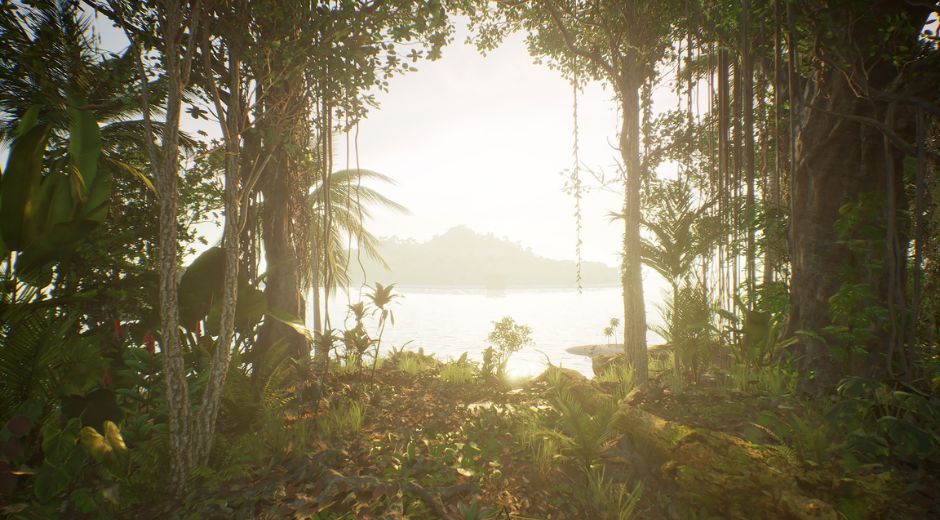North Pole Flora: 7 Magical Plants in a Frozen World
North Pole Flora: 7 Magical Plants in a Frozen World
When most people think of the North Pole, they imagine endless ice, snowdrifts, and freezing winds. But beneath this frozen expanse lies a surprising variety of life. The flora of the North Pole has evolved to survive some of the harshest conditions on Earth. Tiny flowers, hardy mosses, and resilient lichens tell stories of adaptation, survival, and the quiet beauty of the Arctic ecosystem. Here, we explore 7 magical plants that thrive in the frozen world of the North Pole.
1. Arctic Poppy – A Golden Glow
The Arctic Poppy is a small but striking flower, often the first sign of color in the tundra. Its bright yellow petals track the sun across the sky, maximizing heat and sunlight absorption during the short Arctic summer. Its cup-shaped form protects reproductive organs from icy winds, allowing it to bloom even in extreme conditions. Observing the Arctic Poppy is a reminder that life can flourish in the most unlikely places.
2. Cushion Plants – Nature’s Cozy Blankets
Cushion plants, like Silene acaulis, form dense, dome-shaped mats that trap heat and minimize exposure to harsh winds. These low-growing plants not only survive but also create microhabitats that shelter insects and smaller flora. By hugging the ground, cushion plants demonstrate how the North Pole flora has developed ingenious ways to resist the cold while supporting an entire micro-ecosystem.
3. Arctic Willow – The Tiny Shrub with Big Resilience
Unlike the towering willows found elsewhere, the Arctic Willow grows as a low, creeping shrub. Its leaves are covered in fine hairs that reduce water loss and insulate against frost. This plant may seem inconspicuous, but it plays a critical role in stabilizing soil and providing food for herbivores during the brief growing season. The Arctic Willow showcases the quiet resilience of North Pole vegetation.
4. Mosses and Lichens – The Ancient Survivors
Mosses and lichens are the unsung heroes of the North Pole. They can survive being frozen for months at a time and resume growth as soon as conditions improve. Lichens, a symbiotic relationship between fungi and algae, are particularly remarkable for their ability to extract nutrients from bare rocks. These organisms are vital for nutrient cycling and support the broader Arctic ecosystem. For more information on resilient Arctic plants and conservation efforts, visit Zoopora.
5. Purple Saxifrage – A Tiny Burst of Color
Purple Saxifrage is one of the earliest flowering plants in the Arctic. Its vibrant purple blooms peek through snowdrifts, attracting pollinators in the short summer season. Despite its delicate appearance, the plant is incredibly hardy, with roots anchored firmly to withstand strong Arctic winds. Purple Saxifrage is a testament to the endurance and subtle beauty of North Pole flora.
6. Arctic Cotton Grass – Waves of White
Cotton Grass is not actually a grass but a sedge with fluffy, cotton-like seed heads that dance in the Arctic breeze. These tufts help with seed dispersal and provide an important food source for Arctic herbivores. The soft appearance of Arctic Cotton Grass hides its remarkable ability to survive extreme cold and poor soil conditions, illustrating how North Pole plants have mastered survival in the frozen tundra.
7. Mountain Avens – The White Star of the Tundra
Mountain Avens is a small flowering plant with bright white petals and a yellow center. It thrives in rocky, exposed areas of the Arctic and can withstand freezing temperatures and strong winds. Its long lifespan and ability to reproduce in harsh conditions make it a symbol of persistence and resilience. The Mountain Avens shows that even in the North Pole, beauty and life find a way.
Conclusion
The flora of the North Pole is a silent yet powerful story of adaptation, resilience, and ecological balance. From the golden Arctic Poppy to the resilient Mountain Avens, each plant demonstrates how life has evolved to survive and thrive in one of Earth’s most extreme environments. Understanding these plants not only enriches our knowledge of the Arctic but also inspires efforts to preserve these delicate ecosystems.
To explore more fascinating stories of plant survival and Arctic ecosystems, visit our Flora Section for additional articles and insights into how nature adapts to extreme conditions.
Nature Inspires Every Step

How Tundra Wildlife Survives Extreme Arctic Conditions
How Tundra Wildlife Survives Extreme Arctic Conditions

Life Above the Trees: Exploring the Rainforest Canopy
Life Above the Trees: Exploring the Rainforest Canopy
